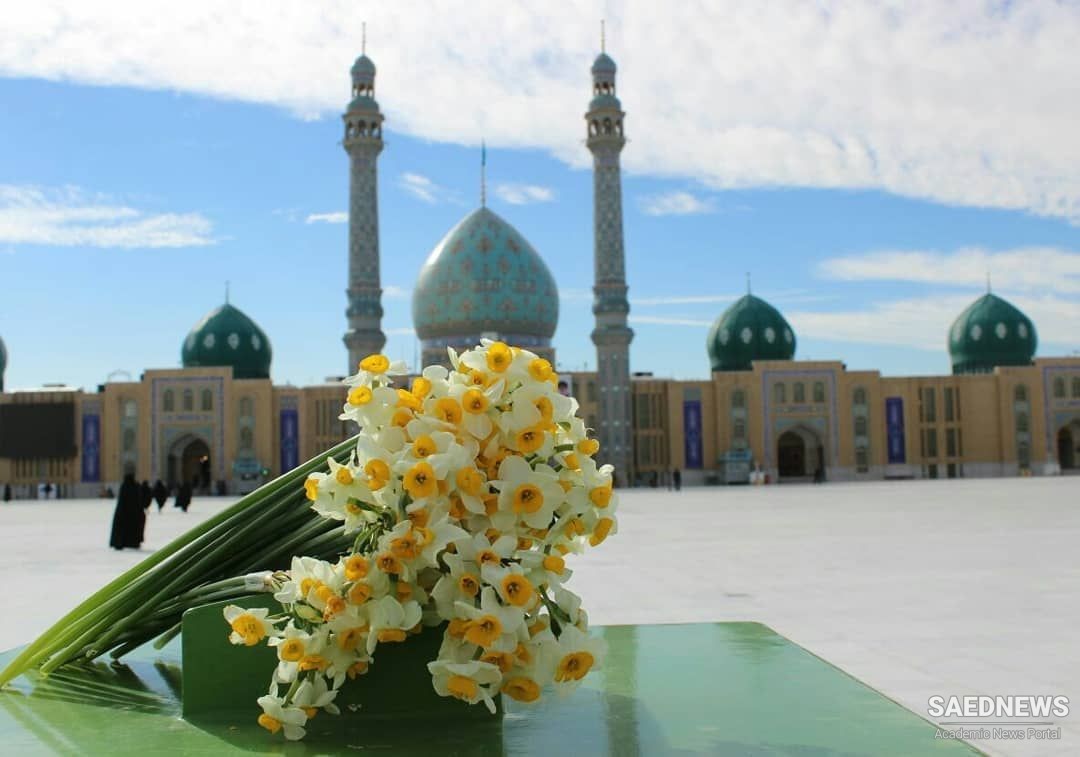Memories of Husayn and 'Ali were crucial for messianic manifestations in Shi'ism. The Mahdi (the guided one; the savior) in Shi'ism is not only from the House of the Prophet and a progeny of 'Ali, but, more importantly, is the “riser” (qa’im) who avenges all that went wrong in Shi'i sacred history and all the sufferings that 'Ali, Fatima, Husayn, their family and supporters sustained. He restores their rightful place in history, for the apocalyptic scenario in Shi'ism is essentially reconstructed on the narrative of Karbala. The Shi'i self-image is not limited to victimization. Hope for restoration in the narrative of apocalyptic Shi'ism is remarkable because it generates hopes beyond vengeance, especially in the Iranian environment, hopes that potentially, and at times actually, lead to conceiving a new order beyond Islam. In effect both the legitimacy claim and the martyrdom paradigm associated with 'Ali and Husayn respectively serve as powerful motives to make the Shi'ite Mahdi the initiator of a new supra-prophetic cycle. Beyond developing reverence for Husayn, affiliation with 'Ali and the messianic yearning for the Mahdi, the Twelver (Ithna 'Ashari) brand of Shi'ism also produced an enduring scholastic interpretation. It promoted the collection of the “traditions” (hadith) of the Prophets and eleven of the Shi'i Imams along with the text of the Qur'an and use of logic in order to build up an elaborate legal system that since at least the seventeenth century tended to discipline Shi'i individual and communal lives in Iran (and far more than was ever possible among the Shi'i communities in the Sunnidominated Iraq and Lebanon).


 Shia Islam and Formation of Iranian Peoplehood
Shia Islam and Formation of Iranian Peoplehood














































